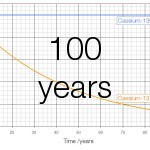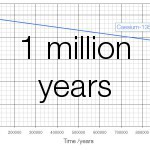
Blaming “Health and Safety”, and by extension the Health and Safety Executive (HSE), seems to be the new “political correctness gone mad”. Newspapers are full of stories about how the UK’s “compensation culture” impacts negatively on daily life in the UK.
The thing is, it doesn’t exist. There is no “compensation culture” in the UK outside of the media, and the stories you hear about the HSE banning things right and left are that and only that: stories.
Lord Young of Graffham’s report Common Sense, Common Safety (685kB, .PDF), “a Whitehall-wide review of the operation of health and safety laws and the growth of the compensation culture” was published on 15th October and makes it very clear that that the media has a lot to answer for in perverting the work of the HSE:
“[T]he standing of health and safety in the eyes of the public has never been lower. Almost every day the papers compete to write about absurdity after absurdity, all in the name of ‘elf and safety’ as it has become widely known.
“The problem of the compensation culture prevalent in society today is, however, one of perception rather than reality.
“There was an overriding opinion that the health and safety agenda had been hijacked by the tabloid press, whose reports often contributed to misinterpretation and misunderstandings by regularly exaggerating and ridiculing instances which in reality have little or nothing at all to do with health and safety.”
(Emphasis mine.)
One of the most telling sections of Lord Young’s report (Annex D, if you’re reading along) compares media stories with reality. The tragic case of Jordon Lydon, a 10-year old who drowned whilst fishing for tadpoles, is perhaps the most striking. The story was reported at the time (e.g. by the Daily Mail and the Daily Express) in sensationalist terms:
“[A]ccusations were made that the policemen involved stood by and watched a boy drown because health and safety rules forbade them from entering the water to save him.”
But the reality was far simpler, though no less tragic:
“The boy’s step-father and friend arrived at the pond just before the police officers.They immediately dived into the water and brought the child to the surface.The police officers then arrived and one of them dived into the water and helped to bring the boy onto the bank. Unfortunately by this point he had been underwater for 20 minutes.”
I can only hope that the media report on Lord Young’s report with all the fervour that they reserve for stories about “‘elf and safety”. I’m not holding my breath.
On another issue close to my heart, Lord Young specifically addresses the issue of educational trips.
“There have been a number of cases where schools have prevented pupils from taking part in educational visits citing health and safety as the reason for non-participation. The process for taking children on educational visits involves a huge amount of form-filling – ranging from consent forms to risk assessments …
“This process can involve excessive bureaucracy that is not proportionate to the role it plays in reducing the risk of accidents. It merely serves as a deterrent and an excuse to ‘do nothing’.
“As a consequence, children are potentially missing out on vital education because schools just do not have the time and resource to carry out the process and, if they do, they are too concerned about the threat of legal action should an accident happen.
“We should introduce a single consent form, signed by a parent or guardian, which covers all activities a child may undertake during their time at a school, enabling parents to opt out of any specific activities. Consent is already not required for activities which take place during the school day and in order to reduce the amount of bureaucracy around school trips we should underline this message to schools and local authorities.”
(Again, emphasis mine.)
See also:
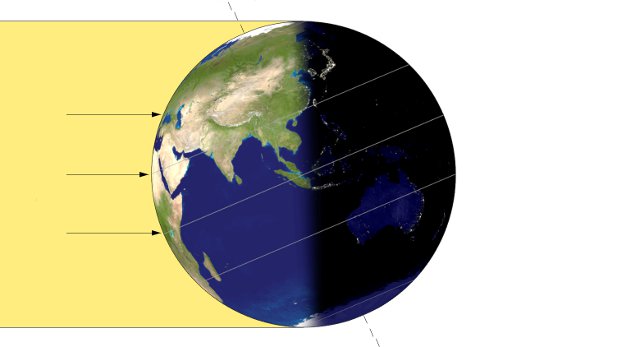
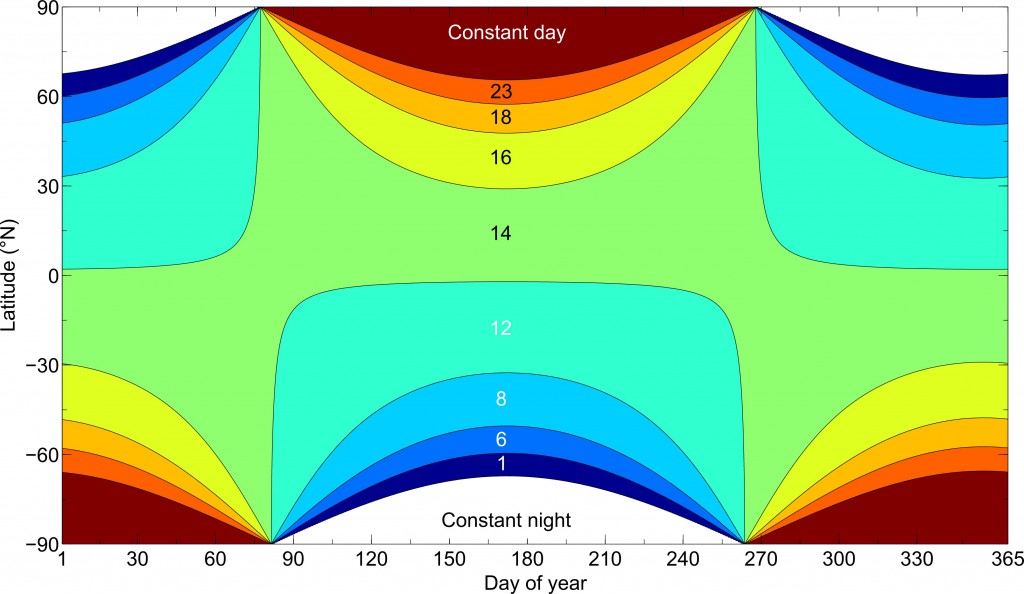
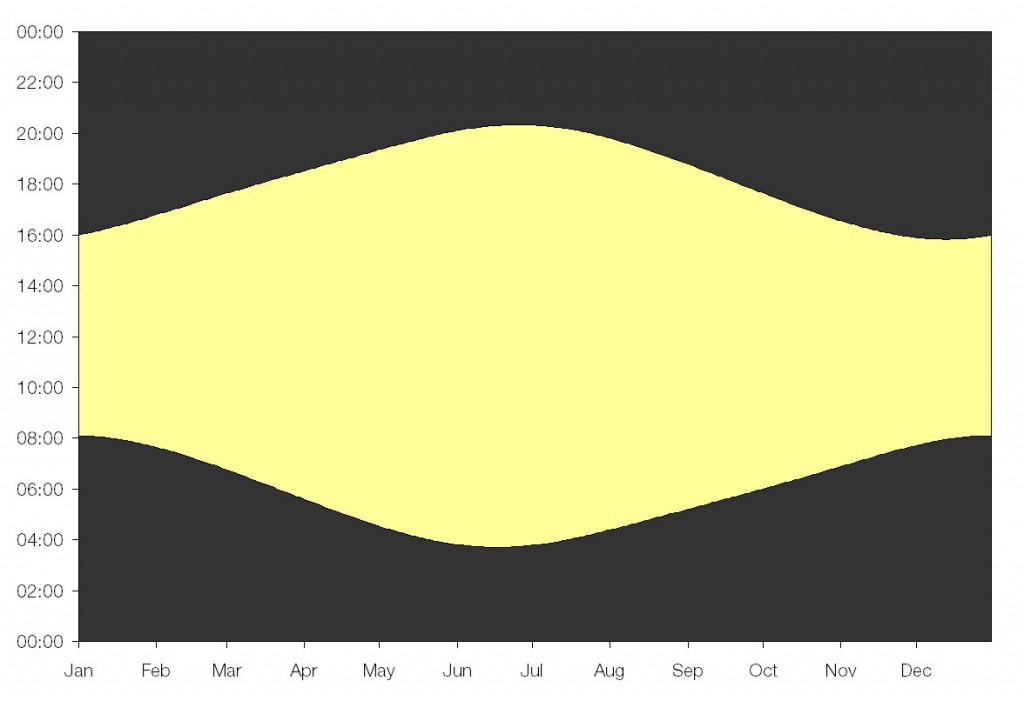
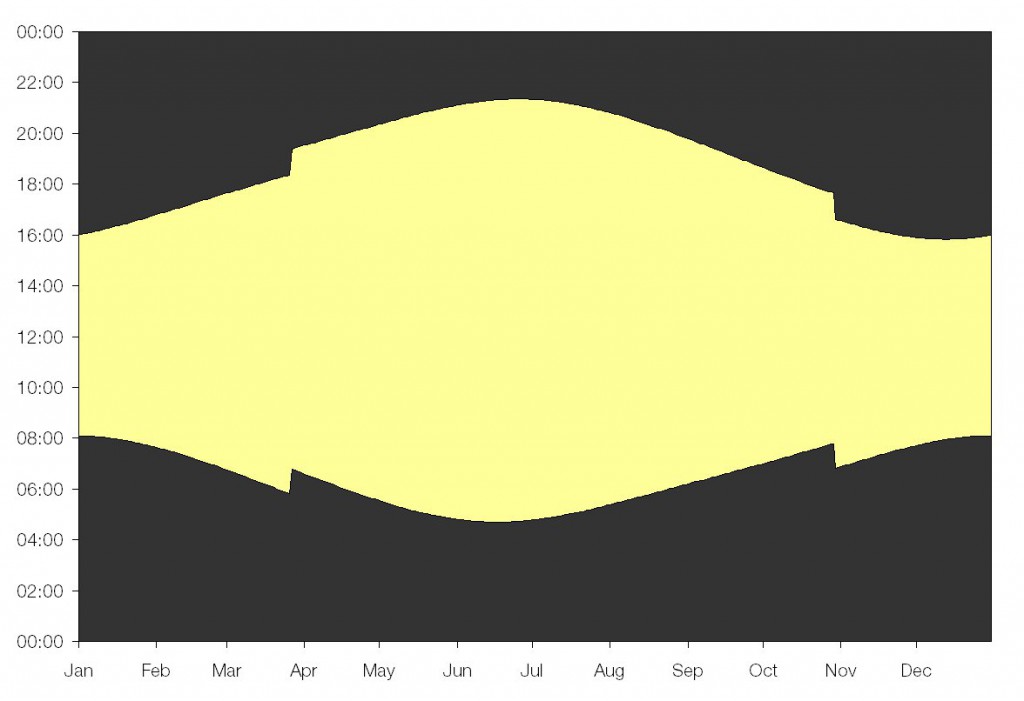

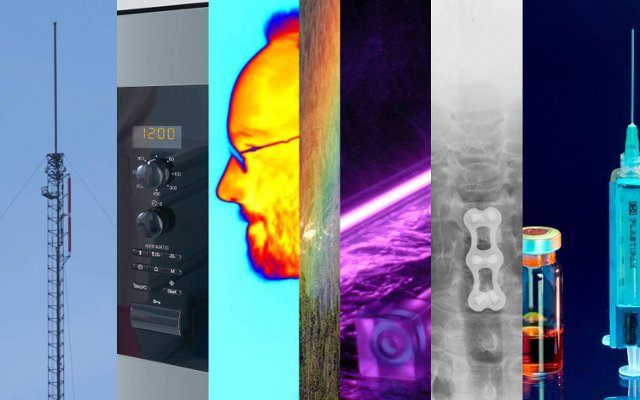
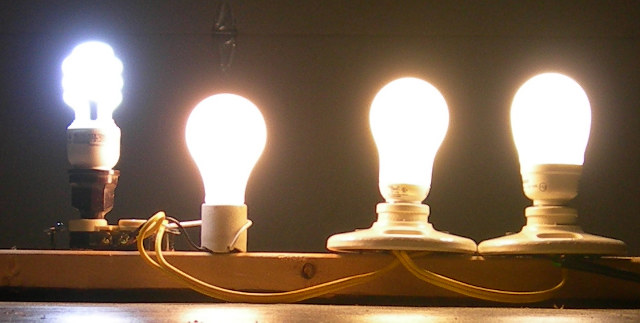 Left to right: simulated 6500K, 2000K, 2650K and 3000K compact fluorescent bulbs
Left to right: simulated 6500K, 2000K, 2650K and 3000K compact fluorescent bulbs
